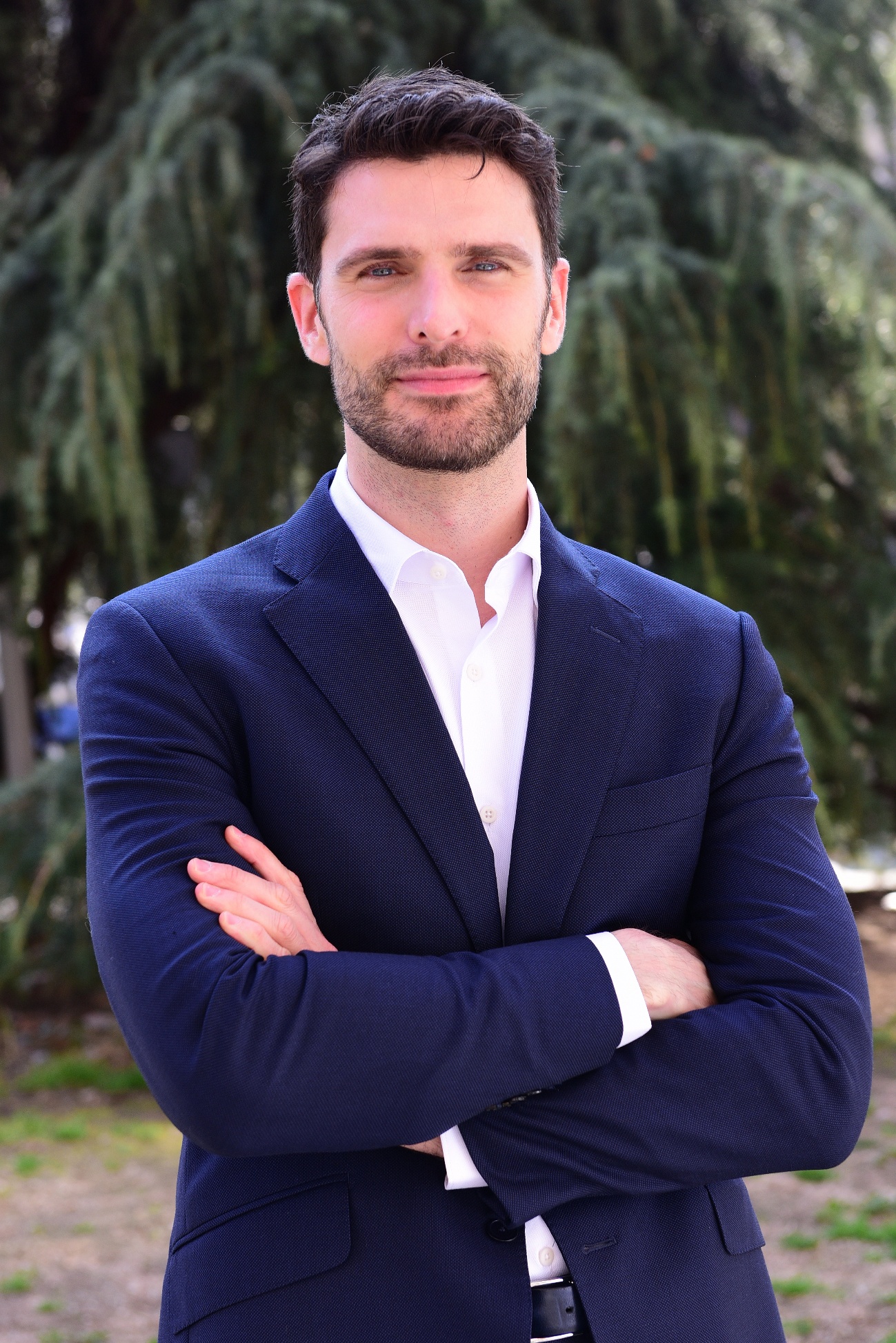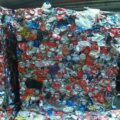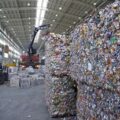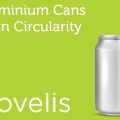At a key moment for the sector, with the implementation of the Deposit, Return and Refund System (DRRS) for cans and PET bottles scheduled before 2026, Lluis Pitarch, the new president of the Beverage Can Association, details his plan to achieve 90% separate collection by 2029. In this interview, he explains how “can-to-can” recycling, technological innovation, and strong collaboration between industry, recyclers, and administrations can consolidate aluminum as the most sustainable and competitive packaging on the market.

- How do you plan to strengthen collaboration between manufacturers, recyclers, and public authorities to improve the can recycling rate in Spain?
On November 22, 2024, the Ministry for Ecological Transition determined that in 2023, Spain reached only 41.3% separate collection for single-use plastic bottles, well below the 70% target established in Law 7/2022 on waste. This automatically activated the schedule to implement a Deposit, Return and Refund System (DRRS) for PET bottles up to 3 liters and cans, with a 2026 horizon. Our value chain is fully aligned with the goal of 90% separate collection for these containers in 2029, in line with the European Packaging and Packaging Waste Regulation. - The beverage can industry celebrates its 90th anniversary this year. What initiatives are planned to commemorate this milestone?
This year is undoubtedly very significant for our packaging and represents an opportunity to continue highlighting the work we do, both institutionally and communicatively, to explain the sustainability characteristics of the aluminum beverage can, a permanently recyclable material that also retains its functional properties throughout its useful life. - How will the Association address the current challenges in waste management and the transition to more sustainable models?
The implementation of a well-designed DRRS will allow the beverage can to unleash its full “can-to-can” recycling potential, thanks to a high-quality separate stream. The European regulatory framework, which is increasingly demanding in terms of decarbonization, together with the progress in the decarbonization of primary aluminum and the strengthening of used beverage can (UBC) recycling and remelting plants, allows us to look optimistically towards a truly circular model. From the Association, we maintain constant contact with the main Spanish and European organizations in the beverage sector, distribution, recyclers, and the aluminum sector. - What public policies do you consider essential to promote the circular economy and sustainability in the beverage packaging industry?
With the implementation of the DRRS in all Member States, the volume of UBCs to be managed separately in the EU will double. It is essential to consolidate the recycling, sorting, and remelting infrastructure for cans within our borders, avoid material leakage to other sectors or applications, and reduce dependence on imports. - With the growing competition from other materials such as plastic or glass, how will the Beverage Can Association position aluminum as the most sustainable and competitive option?
Aluminum can be recycled over and over again without losing quality or hardly any quantity, which makes it a key material for the circular economy. Recycling aluminum consumes up to 95% less energy than producing it from scratch, making it highly attractive to both industry and recyclers. Our customers are increasingly opting for the can as the preferred format for beer, soft drinks, and new products. With the DRRS, Spain reinforces the Extended Producer Responsibility, but if we want the circular economy to be a reality, all packaging—inside or outside the DRRS—must cover the real costs of its collection and recycling, including those of single-use glass. - What role should technological innovation and digitization play in improving recycling efficiency and waste management?
Digitization must serve the efficiency of the system and the convenience of the consumer. In Spain, given its geographical and population distribution particularities, it will be key to have a well-established return network in the future DRRS. It will also be essential to continue investing in plants with technologies such as Foucault currents to maximize the recovery of materials. - How do you see the future of the sector in the next 5 to 10 years, and what steps do you consider key to ensuring its sustainability and growth?
We are well positioned. The can offers great versatility in formats and designs, and a very high circularity. We are prepared to accompany our clients with new formats, new products, and new categories such as wines or canned water. - Do you think that the current geopolitical and tariff situation will greatly harm the sector? What measures are being taken to alleviate these possible adverse effects?
So far, we have not observed any impacts in Europe.














0 Comments